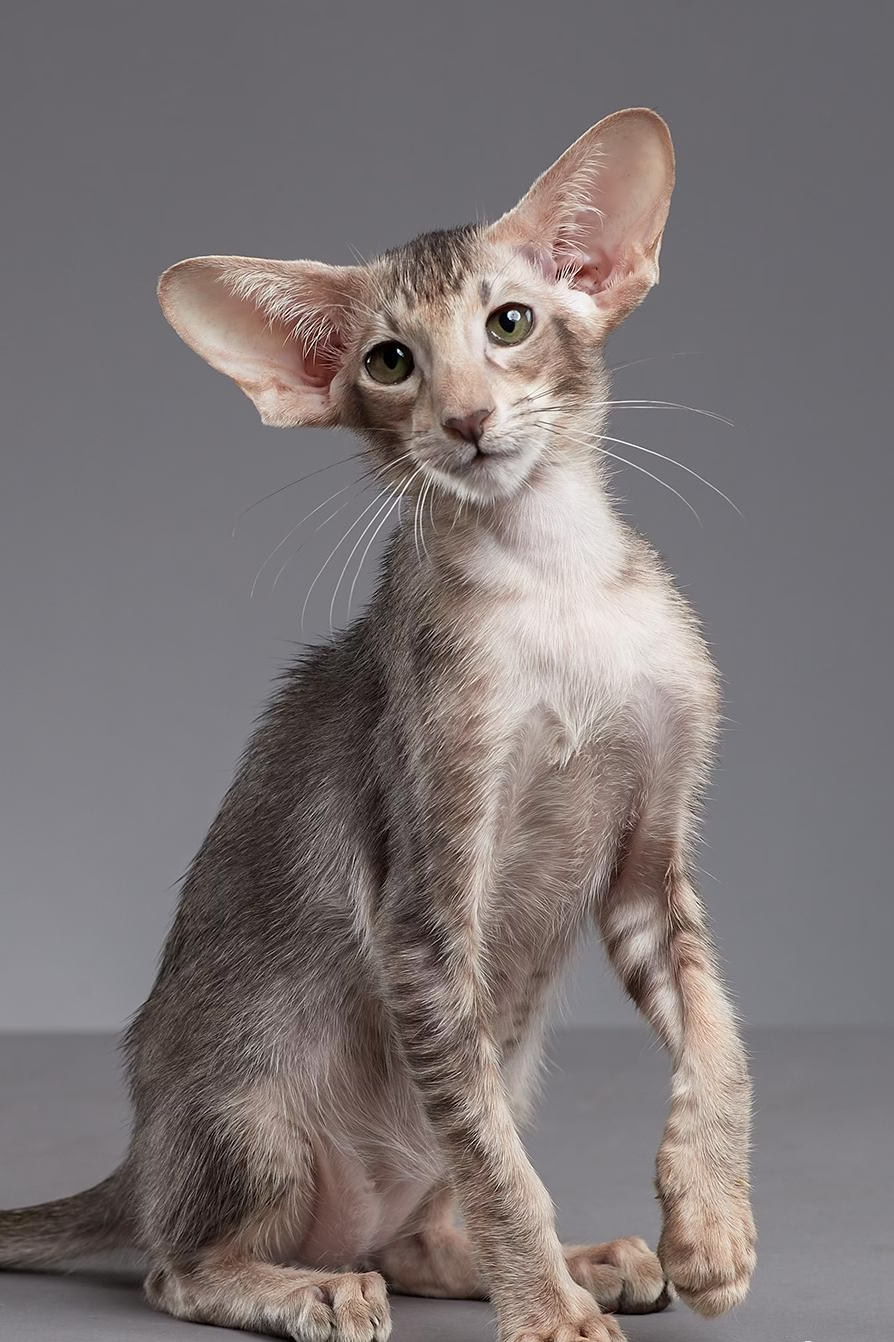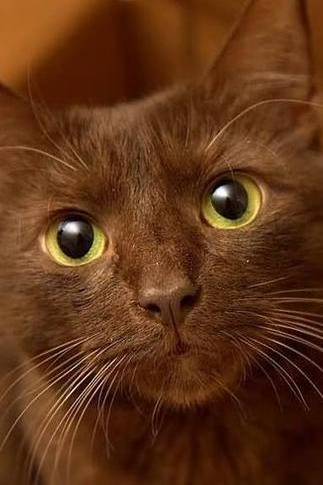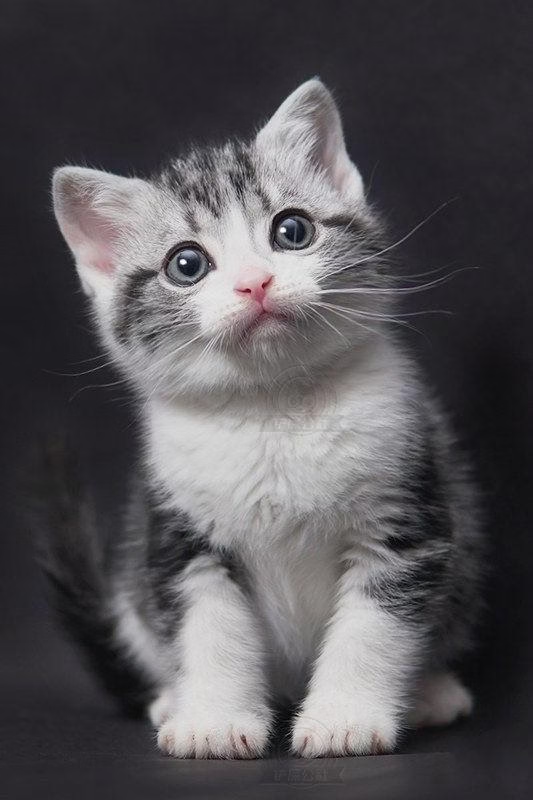Oriental Shorthair

Oriental Shorthair
Oriental Shorthair
Basic Information
- Category: Pet Cat
- Origin: Thailand
- Body Type: Medium
- Height: 46-66 cm
- Hair Length: Short-haired
- Lifespan: 10-15 years
Ratings
| Trainability | ⭐️⭐️⭐️⭐️ |
| Affection Level | ⭐️⭐️⭐️⭐️ |
| Barking Level | ⭐️⭐️ |
| Shedding Level | ⭐️⭐️⭐️ |
Breed Introduction
The Oriental Shorthair is lively and active, curious, enjoys climbing and jumping, and playing with people, being very loyal to its owner. It is brave and not overly sensitive or scared of noise or other surrounding sounds. It likes to be pampered, and its temperament is more stable compared to its ancestor, the Siamese cat, being less variable than the Siamese cat. It has a strong jealousy; if the owner neglects it, it not only gets jealous but sometimes will also throw a tantrum. If accompanied for a long time from a young age, its personality will increasingly resemble that of a dog, and sometimes it will look back to signal or seek approval when leaving your sight or doing other actions.
The historical origin: the Siamese cat was introduced to the West for the first time, leading to a strong interest among European cat enthusiasts, and hybrid breeding began. By the 1920s, monochrome descendants were obtained, and by 1962, three British geneticists attempted to breed blue-eyed white shorthair cats, later collaborating to achieve the Oriental Shorthair with Siamese ancestry and large ears, which seemed an accident. Initially, the aim was to create pure white Siamese cats through cross-breeding with white cats, but the offspring showed various genetic traits, leading to the colorful Oriental Shorthair. In addition to pure white, other colors such as red, brown, and chocolate-colored patterns or patches appeared, while pure black cats were specifically referred to as “Ebony” in the East. Occasionally, Oriental Shorthairs will produce Siamese cats, but they are not recognized in the pedigree; not only do they inherit the slim elegance of Siamese, walking with a graceful and noble posture, but they also have a dignified appearance. This cat inherits the shape of Siamese cats and the color of shorthairs, referred to as Foreign White, with other colors like purple referred to as Foreign Purple. In America, the fur color of Oriental Shorthairs has developed to an inspection stage with even more colors. The Oriental Shorthair has established significant importance in the world.
The Oriental Shorthair actually existed as a type of Thai cat centuries ago. The Siamese cat, characterized by its color-point coat, is merely a breed found in Thailand. There are many types of solid-colored cats in Thailand, all sharing the body features of Siamese cats. In 1920, the British excluded these solid-colored breeds from the recognized Siamese cats, and based on these solid-colored cats, the so-called “Foreign Shorthair” was bred. After 1960, a lot of reports about “Foreign Shorthair” could be seen in British publications; it wasn’t until 1975 that the United States officially recognized the Oriental Shorthair breed. Recently, the U.S. has frequently hybridized this cat, now surpassing the solid color boundaries, with various tabby patterns of Oriental Shorthairs being increasingly favored by Americans!
The body type of Oriental Shorthairs is very similar to that of Siamese cats, featuring a wedge-shaped head, a muscular body, a long and flexible tail, and short fur that lays close to the skin. The coat colors and patterns are rich and diverse, where lavender and reddish-yellow are its unique colors. The eyes are mostly green, and they can also be amber. The coat colors are diverse with various shades available. Personality: energetic, curious, and a lively pet that requires a lot of exercise and play. This cat loves to be pampered and has a temperament similar to its Siamese ancestors, so if the owner neglects it, it will not only get jealous but also throw a tantrum.






